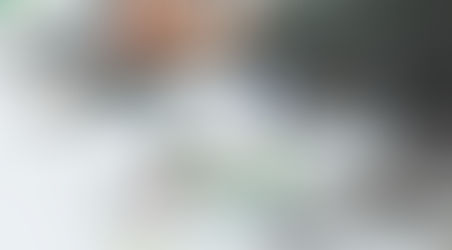The Unlikely State of UK Print in 2017
- lottiemoran
- Jun 9, 2017
- 3 min read

2017 is proving to be another defining year for technology. 93% of UK adults now use mobile, (OfCom) and Facebook are on the brink of 2 billion users worldwide. The question is: how does the UK’s established print industry fit into this growing trend? A recent report from the BPIF (British Printing Industries Federation) reveals some surprising truths.
UK Printing: The Facts and Figures
The report, UK Printing: The Facts and Figures, collated data from a wide range of official resources. Against the grain, it shows that the UK accrued a positive trade balance in 2016. It is now the 5th largest producer of printed goods with an impressive turnover of £13.8 billion. That equates to 116,000 employees in 8,400 companies. Furthermore, the positive trade balance in 2016 totalled £775m with a whopping £5.8bn gross value added.
The numbers are favourable – and not just for specific regions. With businesses the length and breadth of the UK reporting positive growth, it’s clear that the UK printing sector is an important economic contributor in all regions.
So, how has this happened?
While the results don’t tally with what many see in the world around us – print isn’t diminishing. As the report states, “can you possibly imagine a world without paper?”
Leading the Way in Economic Contribution
According to the ONS Annual Business Survey 2016, the UK’s printing industry contributes more value to the economy than any other sector in the manufacturing industry. This includes industry giants like food products, woods and even pharmaceuticals.
This can be partly attributed to how organisations are increasing their marketing budget. Between 2016 and 2017 the average business spent 12% of their revenue on marketing (source: CMO Spend Survey 2016-2017). Although the majority of this increase is based on digital channels, print still plays an integral part of the marketing mix.
It seems that businesses still consider printed materials as being vital to a business’s marketing strategy. The numbers surprise. Printed media has the second largest share in advertising expenditure in the UK with 29.9%, after only the internet, which claims a share of 41.2%.

A New Leaf for Print in the Digital Age
Print is the oldest form of marketing and yet, for all its limitations, has proven to be extremely versatile in modern times. Instead of diminishing the use of print, the digital age has given the industry a new lease of life. This is especially true in marketing.
Stats collected by BPIF confirm this trend. Advertising literature, business stationery, event programmes and tickets show the greatest turnover by product sector (32%) of all print categories. Print media, including newspapers, magazines, books and brochures, now comes in second at just 21%.
With vast amounts of data and computer power, marketing companies can now personalise print material and can even automate direct mail on the back of sales. When combined with other forms of media, print delivers a powerful touch point along the purchasing journey. Print can even be interactive and integrated. The use of Augmented Reality and Near-Field Communications now offers a range of exciting opportunities for forward thinking businesses, the likes of which we are only just beginning to see.
However, for all its advancement perhaps its greatest strength is its most enduring quality. In an age inundated with technology, print offers a ‘real world’ experience. It entices us to slow down, to concentrate, to feel its tactile quality between thumb and finger. It’s this unique ability to grab and hold a person’s attention that make print so powerful.
These growing trends may not continue forever, but one thing is becoming ever more evident: print hasn’t yet turned its final page.
If you're interested in the potential of print marketing in the digital age, contact LG Davis or visit our website for ideas and inspiration, or . Alternatively, join us on the socials @lgdsolutions!












































Comments